Why do house spiders keep showing up in your home, and should you be worried? Surprisingly, these tiny eight-legged creatures are essential in keeping other pests under control.
They could help maintain a natural balance by preying on flies, mosquitoes, and other insects. Keep reading to learn why they might be more helpful than harmful in your daily life.
Key Takeaway
- Common house spiders are small, harmless creatures often found in homes, where they help control pests like flies and cockroaches.
- These spiders build messy, tangled webs in hidden places like basements, attics, and closets, where they capture small insects.
- Common house spider bites are rare, usually harmless, and feel like a mild sting, causing minor redness or swelling.
- Prevent spiders by sealing cracks, cleaning often, reducing clutter, and contacting pest control if infestations continue or worsen.
 1st pest control service just $49
1st pest control service just $49
Must schedule service online.
Act now. Limited time offer.
What Is a Common House Spider?
Common house spiders, or the American house spiders in North America, are small arachnids often found inside homes. They play a role in controlling other pest populations. While their presence might be unsettling to some, they are generally harmless to humans.
Physical Features
The common house spider is recognized by its compact body and long legs. Adults typically have a leg span of about one to two inches. Their coloration ranges from muted browns to gray, often with subtle patterns. With eight legs, two body segments, and many eyes, they share the typical arachnid structure.
The females are usually larger than the males. This size difference helps in egg-carrying and spun egg sacs, which protect spiderlings from continuing the life cycle.
Common Habitat
House spiders thrive in secluded corners of homes. They are frequently found in garages, basements, attics, crawlspaces, and closets. These environments offer the darkness and consistent temperature they prefer. When not hunting, they hide in crevices or behind furniture.
Diet and Behavior
The diet of a common house spider includes various arthropods and invertebrates. They often feast on cockroaches, flies, and other small insects, helping keep pest populations in check. They rely on their webs to passively capture prey rather than actively chase after it. Mating rituals can happen year-round.
Web Patterns
House spiders are noted for their irregular web patterns. Unlike the funnel-shaped webs created by funnel weavers, these cobwebs are chaotic and tangled. The sporadic design suits their needs, ensnaring insects far more effectively. Typically spun in corners or hidden nooks, the webs can go unnoticed until thickened over time.
How to Tell a Common House Spider Apart From Other Spiders
Identifying a common house spider in North America, among other types, can be straightforward with some key characteristics.
Here is a comparison to help differentiate:
| Common Spider Species | Distinctive Features |
|---|---|
Common House Spiders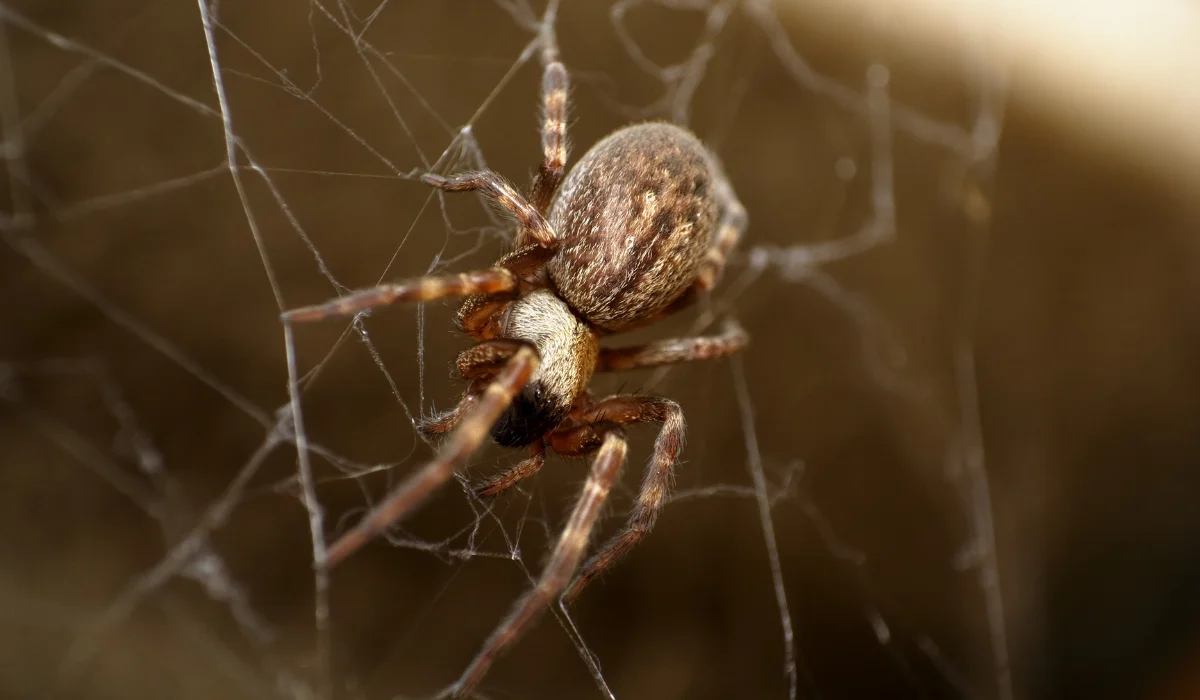
|
Brown with a chevron pattern on the abdomen |
Giant House Spiders
|
Long legs reaching up to four inches, less aggressive |
Wolf Spiders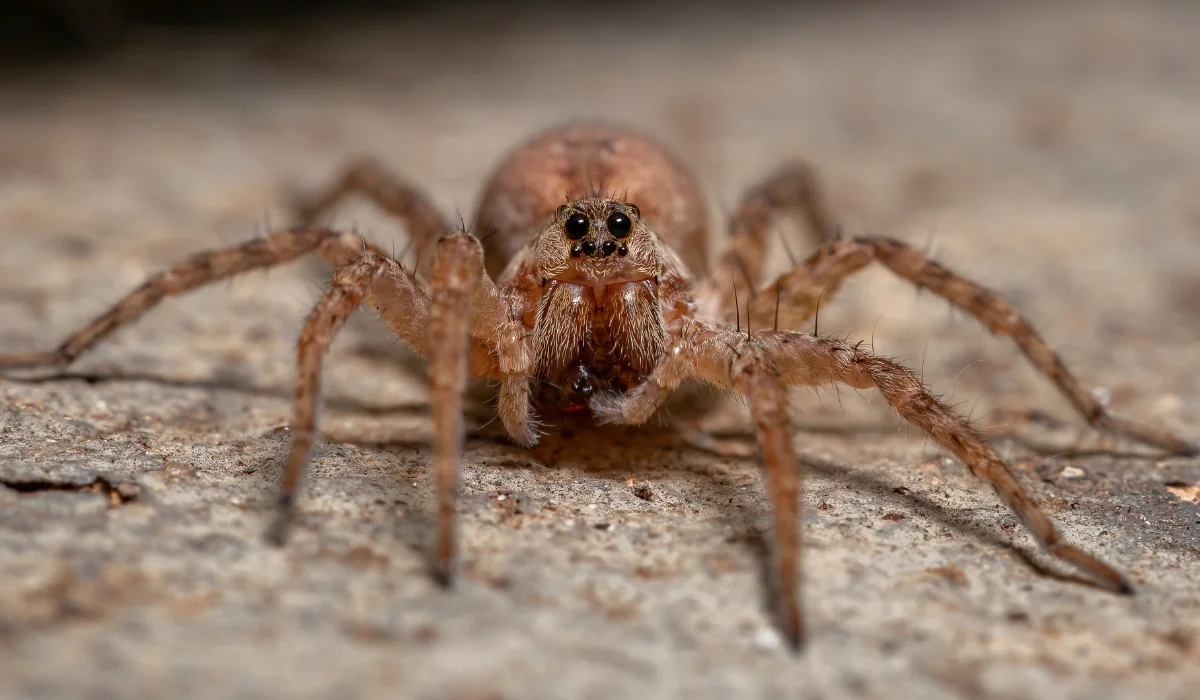
|
Hairy body, strong legs, often seen hunting |
Hobo Spiders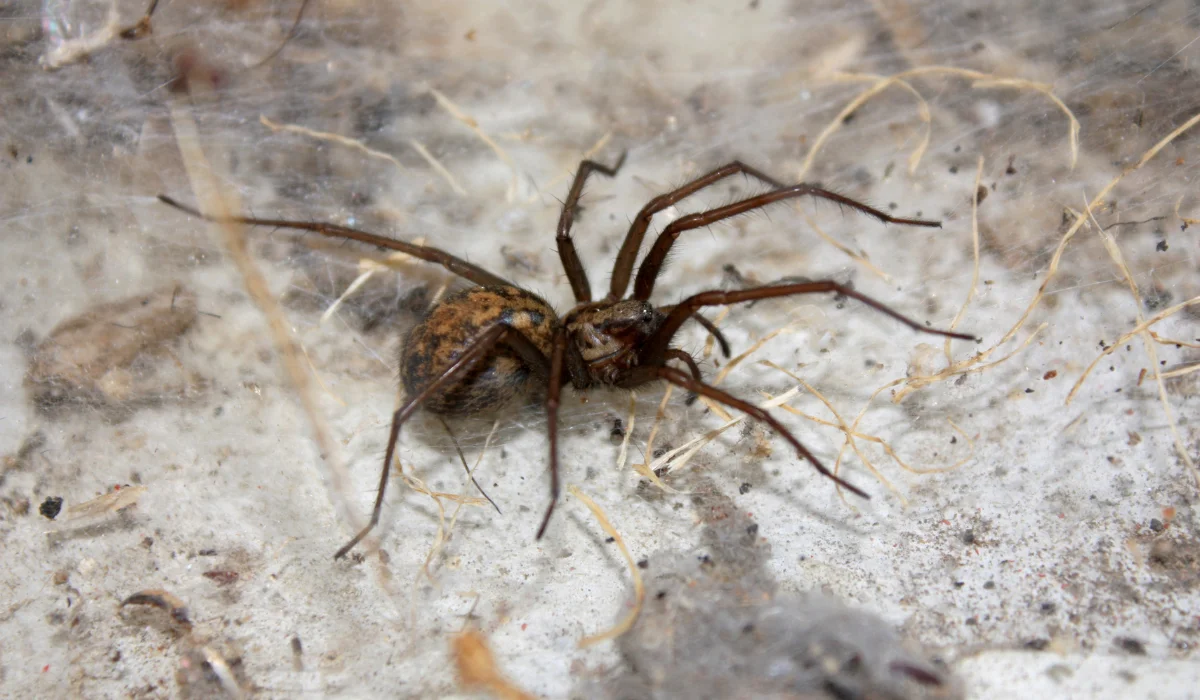
|
Brown, with V-shaped markings, can be aggressive |
Funnel-Web Spiders
|
Creates funnel-shaped webs, aggressive |
Cellar Spiders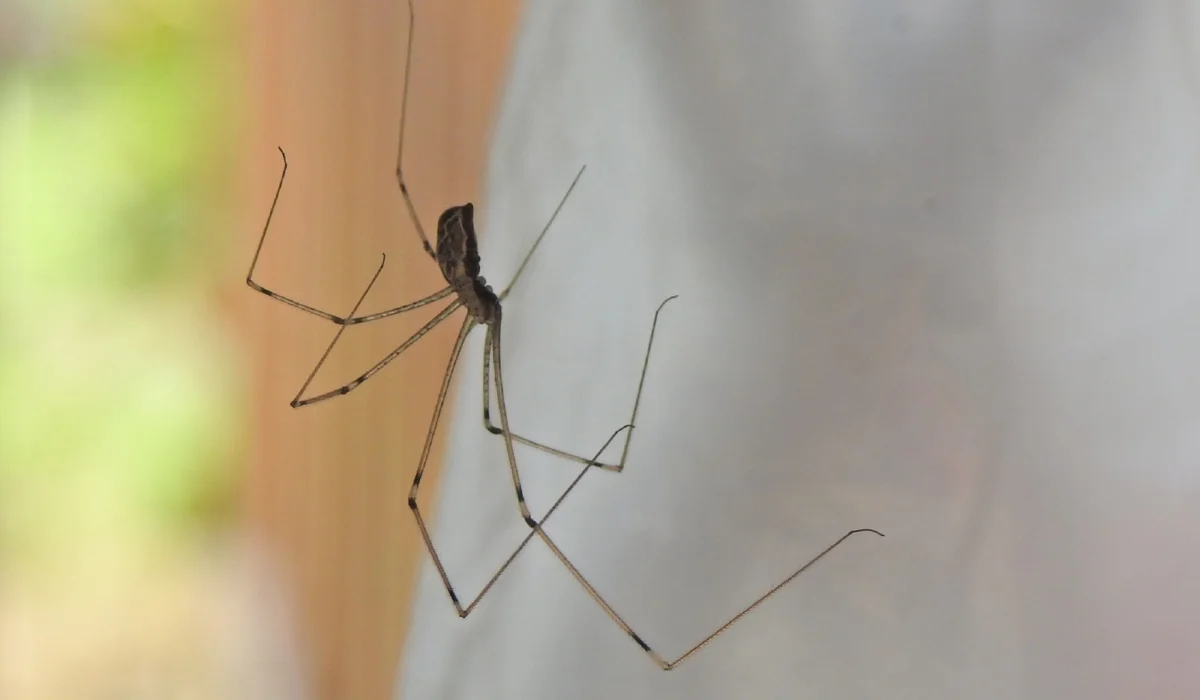
|
Long, thin legs, also known as daddy longlegs |
Black Widow Spiders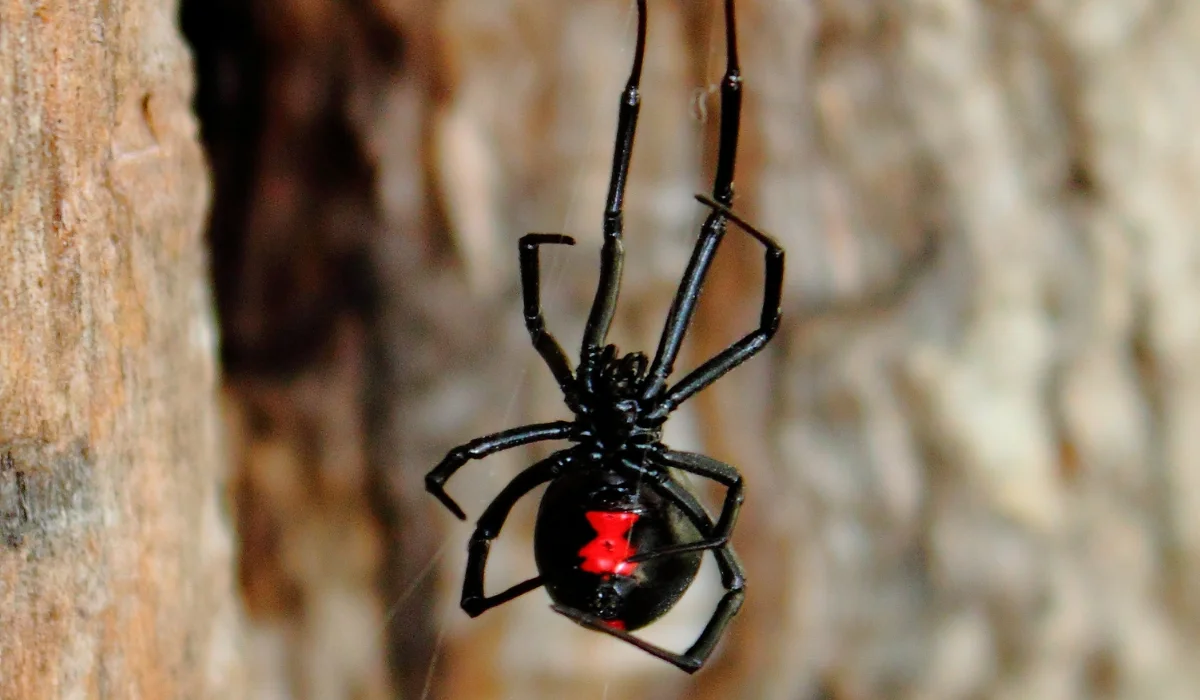
|
Shiny black with red hourglass marking on abdomen |
Brown Recluse Spiders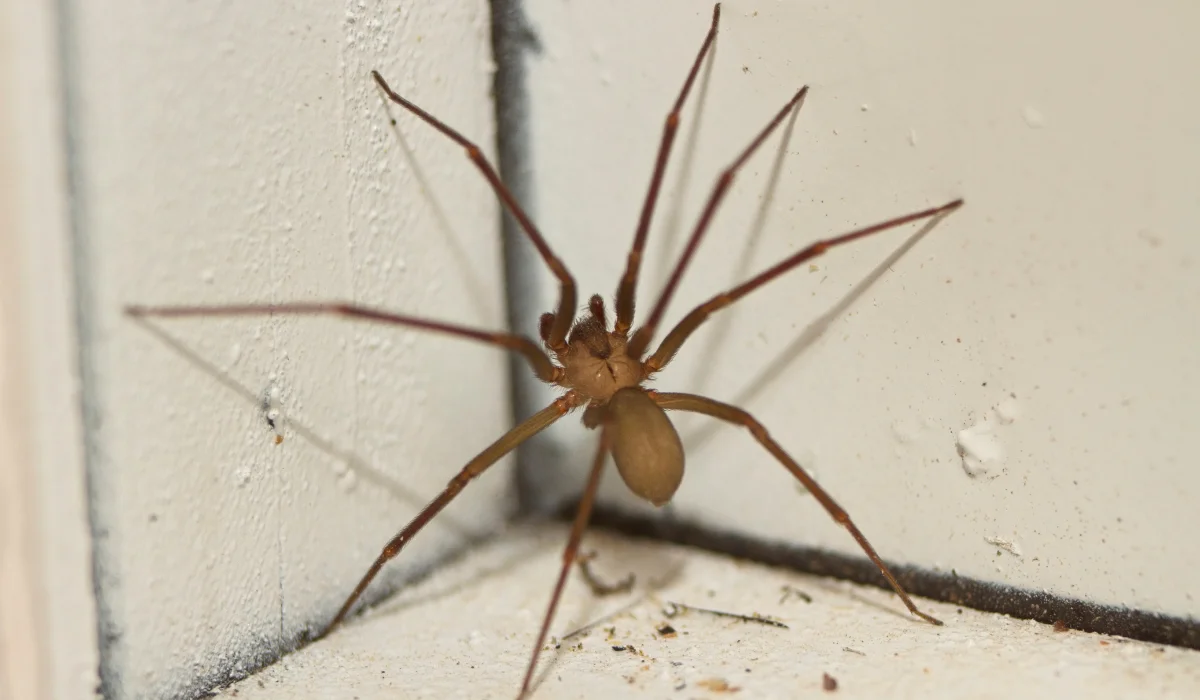
|
Violin-shaped marking on the back, venomous |
Yellow Sac Spiders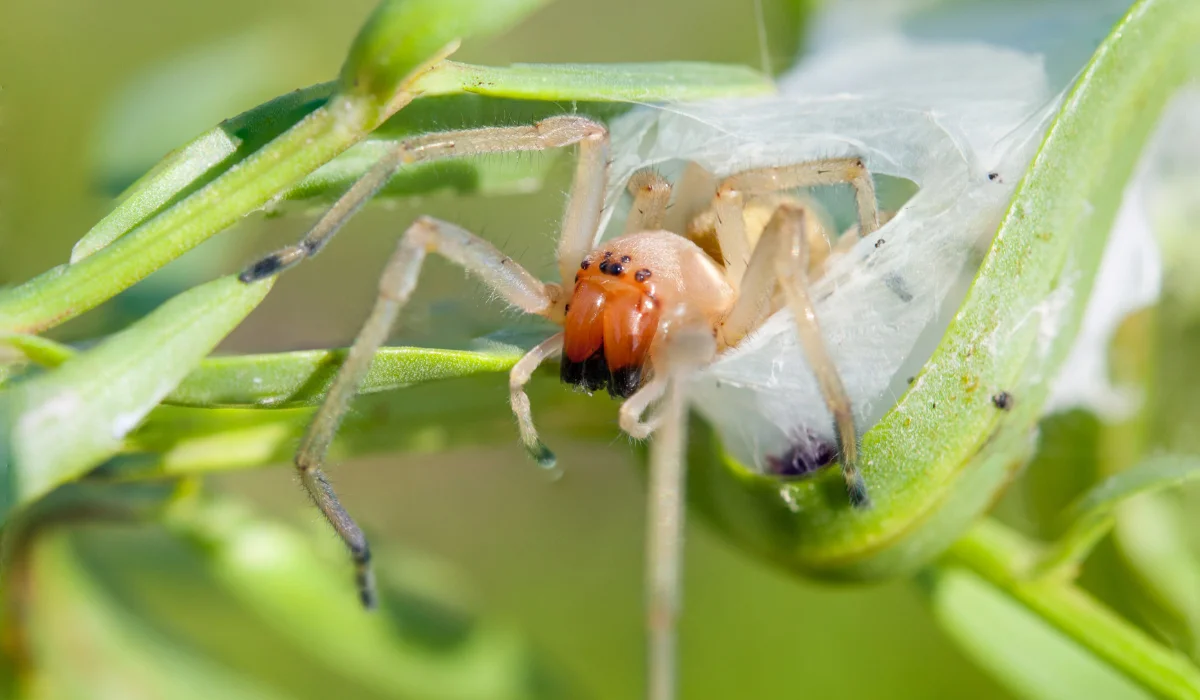
|
Pale yellow or green, mildly venomous |
Orb-Weaver Spiders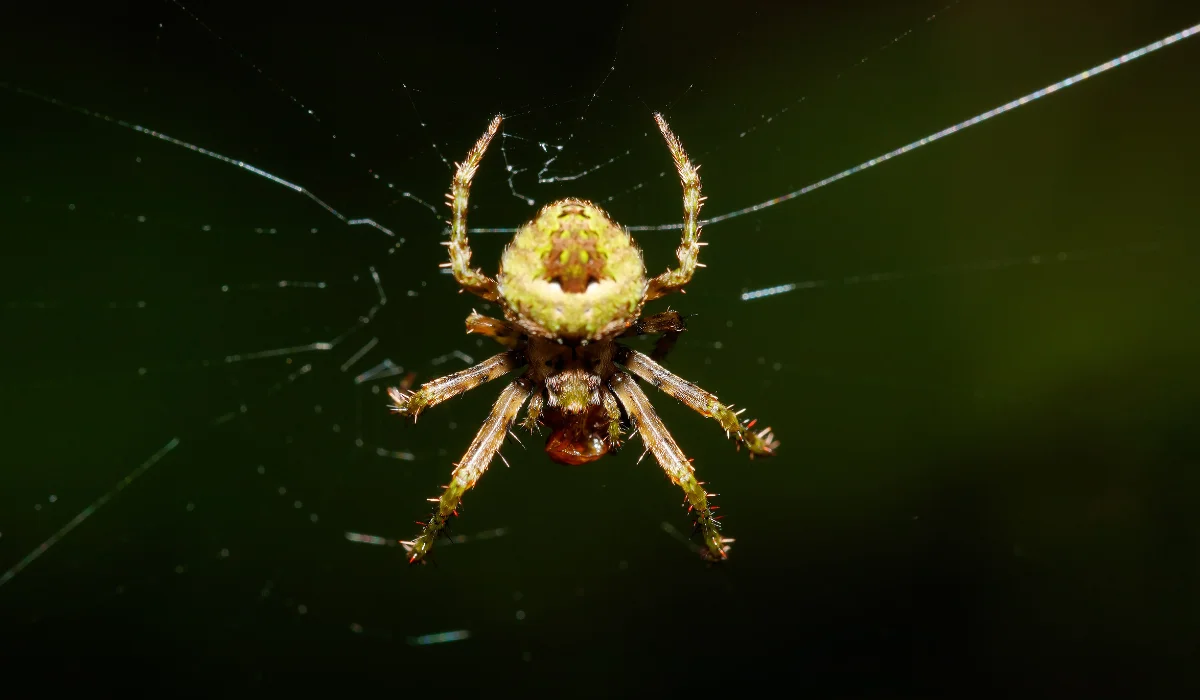
|
Often colorful, creates wheel-shaped webs |
Jumping Spiders
|
Compact body, known for jumping, often colorful |
Are Common House Spiders Dangerous?
Common house spiders often avoid humans and typically bite only when threatened. While they are naturally venomous, their venom is milder than that of more venomous spiders on earth, like the brown recluse or the black widow.
Though bites are rare and typically occur if the spider is trapped against the skin, such as under clothing or in a bed, these bites usually feel like a mild prick and can be compared to a hornet or bee sting.
Most people experience minor redness or swelling at the bite site. In rare cases, the bitten area may develop a small, non-threatening lesion. Generally, medical attention isn’t necessary unless unexpected symptoms arise.
How to Prevent Common House Spiders From Entering Your Home
To keep common house spiders from making themselves at home, taking proactive steps to reduce their entry points and remove what attracts them is essential.
Consider these strategies to prevent common house spiders and even tarantulas from entering your home:
- Close up cracks and crevices around the house with caulk or weatherstripping.
- Use screens on windows and doors.
- Regularly check and repair any holes.
- Declutter storage areas like basements and attics.
- Clean floors and corners often, including behind furniture and under shelves.
- Swap out bright outdoor lights for yellow sodium vapor lights.
- Place firewood, plants, and debris piles away from your home’s foundation.
- Keep your lawn trimmed and shrubs pruned.
- Reach out to pest control professionals if your infestation worsens.
 1st pest control service just $49
1st pest control service just $49
Must schedule service online.
Act now. Limited time offer.
When to Call Pest Control
If you are dealing with more spiders than you’d like, it might be time to bring in the pros. Despite repeated cleaning, persistent infestations with frequent sightings signal a bigger issue. Allergic reactions also mean a call to pest control is in order, as some people react badly to spider bites.
At Simple Pest Management, we specialize in keeping common house spiders and other pests at bay so you can enjoy a spider-free home without the hassle. Contact us today for a free estimate.


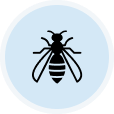
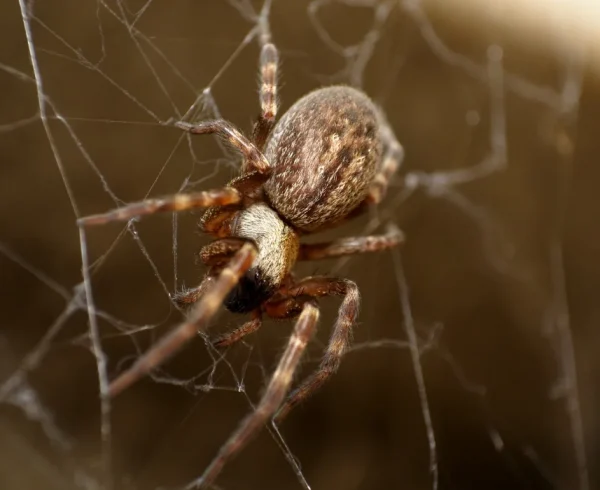
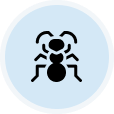
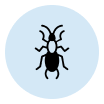

 You’re supporting a small, local business
You’re supporting a small, local business


